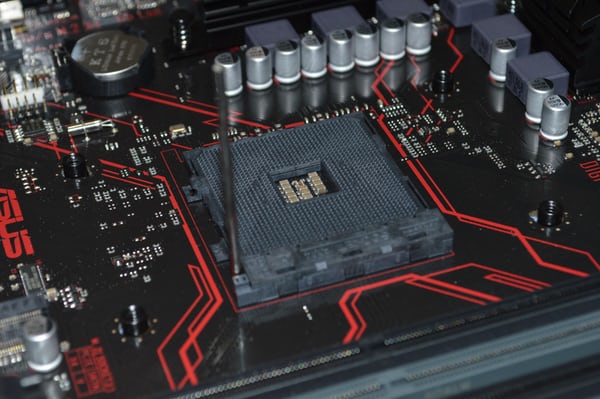The CEDaCI project was set up to address the problem of e-waste in the data centre industry but this is only a small percentage of the 50 million tonnes generated every year and unless we tackle the problem now, by 2050 we will generate 120 million tonnes e-waste a year.
There are several contributory factors linked to e-waste including a lack of effective infrastructure for the collection and recycling of electrical and electronic products at end-of-life and the way in which they start life, i.e. the way in which they are designed.
Changing the way that products are designed will help to reduce e-waste and accelerate the development of Circular Economy by extending product life and increasing materials reclamation and (re)use in the manufacture of future products.
Products should be designed for easy disassembly, upgrading, modularity, refurbishment and reuse, and finally to make recycling and reclamation of materials technically straightforward and economically viable.
Deborah Andrews, Ellie O’Callghan and Bahattin Bademici from the CEDaCI team are working with 2nd-year Design students at London South Bank University on a project that teaches students about the role of design as a contributor to e-waste. The students are currently developing design concepts to reduce e-waste by rethinking product design and changing consumer behaviour. Watch this space for examples of exciting design work
WEEE design for change

